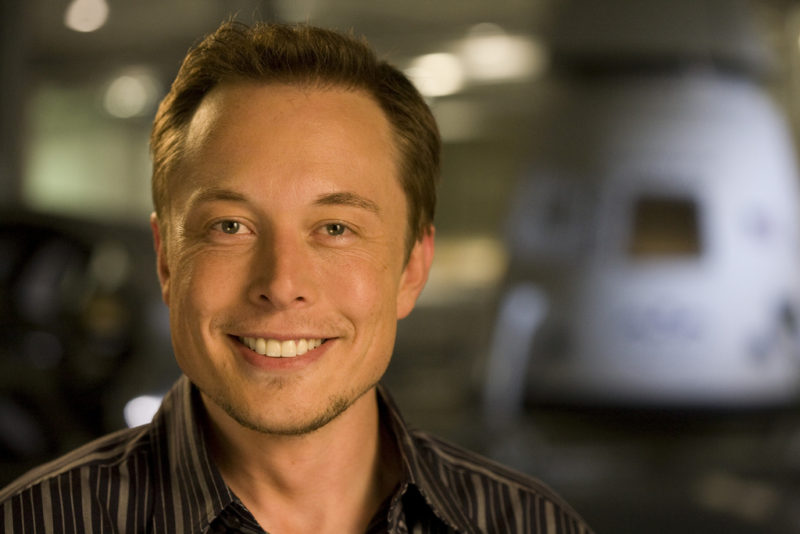Distance Wireless Charging A Significant Step Closer
Mike Sanders / 8 years ago

Wirelessly charging (or powering) over a distance is a major stumbling block for designers. Particularly those in the car industry such as Tesla who are trying to remove the need for a big plug. Stanford University scientists have, however, made a breakthrough which could eliminate this problem.
Wireless charging already exists though!
Yes, technically speaking. You can buy phones with ‘sit on’ chargers. While there isn’t a physical cable connecting them, they are technically wireless. However, for these chargers to work, it still required physical contact. It is a literal use. Distance wireless charging has remained an elusive problem. If solved, it could be the next big revolution in technology. Wireless energy could make the plug socket redundant. Even potentially surges or overheating, common electrical issues could be wiped out. It is, therefore, clearly important work and worthy of such high degrees of research.
Why would distance wireless charging be useful?
For electric cars, the technology could be invaluable. Instead of physically having to plug-in cars you could literally just park or drive over a charging bay. Tesla Motor Cars are always looking at ways at innovating their products and it’s not a stretch to suggest that having to physically plug your car into a wall socket is someone of a damp blanket over the otherwise incredible advances they make.
While this innovation could be useful, it would blow the doors open for the truck industry. You may recall we reported a short while ago that Elon Musk, CEO of Tesla, was planning to release a fully electric truck before the end of the year. Imagine if global transit was not reliant on diesel anymore. The innovation also brings the concept of roads to be built to allow continual energy/charging while on the go.

So, what breakthrough have they made?
Stanford Scientists have been able to successfully allow for electricity to pass through 3 foot of space (nearly 1m) between 2 separate objects.
The team was able to successfully transmit 1 milliwatt of energy to a LED bulb which was mounted on a moving platform. While a car will obviously require a significantly larger output, from small acorns do large oaks grow.
The full article can be read by clicking this link. You can also find a video below explaining the matter in more detail. While I can not pretend to entirely understand it all, you can not deny the possibilities this could bring.



















